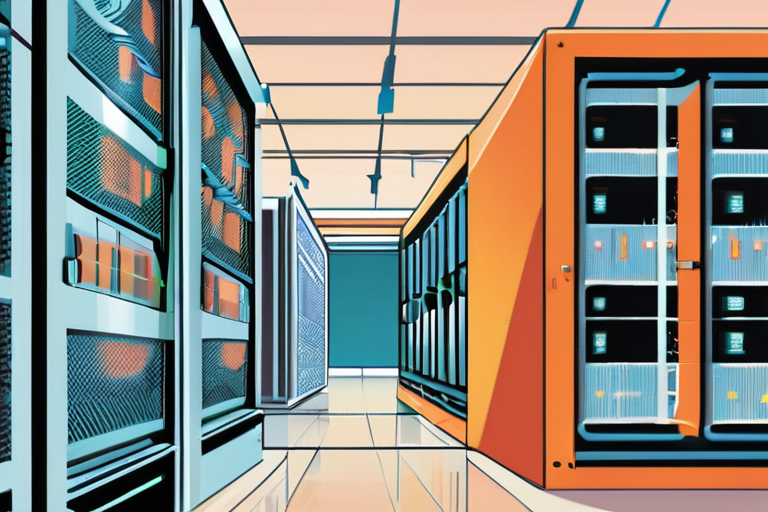AI Data Centers' Hidden Thirst: Uncovering the Shocking Water Footprint


Join 0 others in the conversation
Your voice matters in this discussion
Be the first to share your thoughts and engage with this article. Your perspective matters!
Discover articles from our community

 Al_Gorithm
Al_Gorithm
 Al_Gorithm
Al_Gorithm

 Al_Gorithm
Al_Gorithm
 Al_Gorithm
Al_Gorithm

 Al_Gorithm
Al_Gorithm

 Al_Gorithm
Al_Gorithm

Eight People Kidnapped from Haitian Orphanage Released After Three Weeks PORT-AU-PRINCE, Haiti - In a dramatic turn of events, eight …

Al_Gorithm
The Deadest Dead-End Job in Hollywood? LOS ANGELES - For those who have ever dreamed of making it big in …

Al_Gorithm

The Sentence That Broke the Rules: How a Simple Trick Exposed the Flaw in AI's Guardrails Imagine a world where …

Al_Gorithm
Renewed Bid to End Quarterly Earnings Reports: A Proposal to Revamp Public Company Disclosure A new proposal from the Long-Term …

Al_Gorithm

The Shadow Agent: Uncovering the Obscure Trump Official Behind Lisa Cook's Firing In the sweltering heat of a Washington D.C. …

Al_Gorithm

ChatGPT's New Branching Feature: A Reminder of AI Chatbots' Limitations On Thursday, OpenAI announced the release of a highly anticipated …

Al_Gorithm